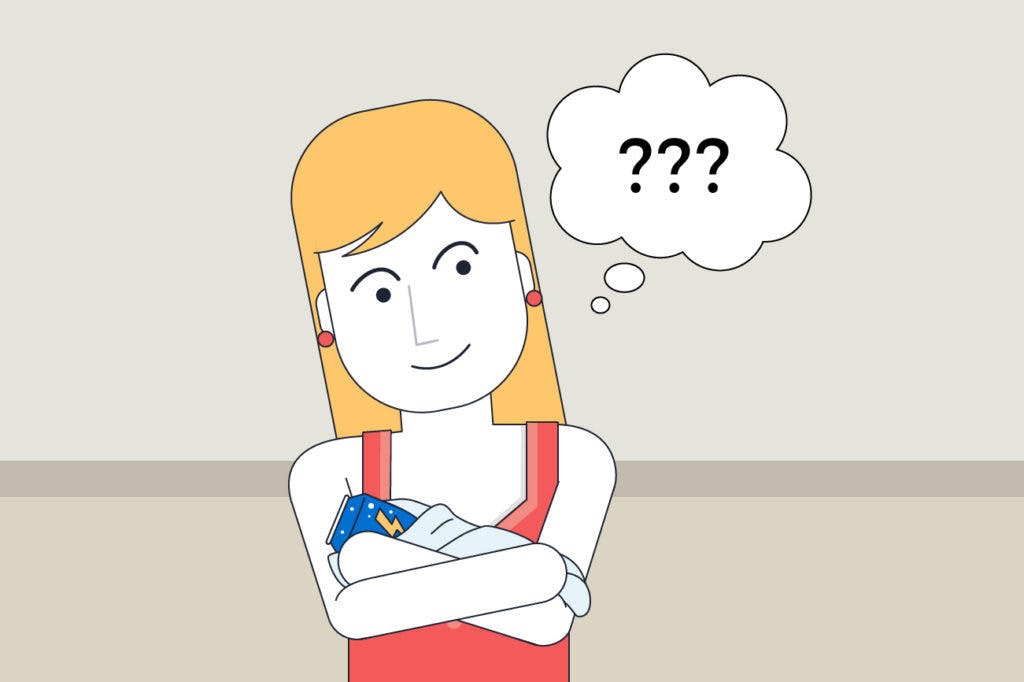In the play Romeo and Juliet, William Shakespeare posited that a rose by any other name would smell as sweet. While high school juniors around the country simultaneously sigh heavily at trying to deduce what exactly the bard meant by that in Act II, Scene II (and then try to write a 10 page term paper on just that subject) this English-major nerd can sum it up for you thusly: Your name doesn’t matter, it’s what’s inside that counts.
Which is all well and good.
Except when it’s not.
Product Naming
Of course, the most important part of a product is the product itself. But what you name a product can definitely impact its overall swagger, just like packaging and shelf-placement can. But determining the best name for your product can be incredibly challenging. A 2012 Fast Company article gave a down-and-dirty primer on product naming, with eight steps to take when brainstorming, including tips such as making the name memorable, saying it out loud, filling the name with meaning. And don’t be alarmed, the article advises, if you don’t love the name from the get-go, it may grow on you as its story grows.
Good advice, and building on that, I asked some colleagues in the CPG industry what their advice would be for brainstorming new product names. What do companies need to think about to find the right name that fits with their product?
Brand Story
“The most important aspect of choosing a name for a new product is that the name continues to sell your brand’s story,” says Ilana Rosen, associate partner of The Parker Avery Group. It should not only resonate with your existing consumers, she adds, but also appeal to new customers, “ultimately resulting in the brand acquiring new customers.”
Fitting Brand Personality
If you don’t love the name from the get-go, it may grow on you as its story grows. Jessica Wolfe, a principal at AT Kearney, notes that creating a new name is not unlike creating a new ad. “Similar to an ad, you want the name to be catchy, differentiating, own-able, and memorable,” she says. “And the name also needs to fit the personality of the brand.” Wolfe gives the example of celebrity Jessica Alba’s Honest Company. “It’s aptly named as it gets to the core promise of the brand—safe, eco-friendly, beautiful, convenient, and affordable. All adjectives that instill trust and of course, honesty.”
Wolfe also notes Visa as an example of a great product name, especially with its famous tagline, “Everywhere you want to be.”
“It jibes so well with the name Visa, which 1) is a common term in many languages, and sounds the same in every language, and 2) defines the piece of paper you need to enter new places,” she explains. The combination of the brand, the name, and the tagline bring together the whole picture of a card that can go wherever you go.
Brainstorming Product Names
Consider This
Parker Avery’s Rosen encourages new product developers to consider two components when brainstorming product names:
- Make the name memorable, unique, and keep it simple so it’s easy to repeat and write by others—key for today’s world that is so heavily reliant on SEO.
- Make it one that can be expanded on as the product expands, ie, Coke, Diet Coke, Coke Zero
But let’s say you take all of the above advice, and you put the utmost careful consideration into your product name, and you launch the product and then!….realize you totally blew it and should have named your product something else?
Is all hope lost? (No.)
Is your product doomed to fail? (No.)
Should you curse the name of William Shakespeare and your high school English teacher for making you memorize the soliloquy in Act III? (Probably.)
Stay tuned—in the next post we’ll talk about badly named products and just how to handle them.


